7 Mistakes to Avoid in Your Wholesale Line Sheet

This is a guest post from Emily from Wholesale In a Box. More info on them below.
Jeanie’s hand-painted, wooden necklaces are gorgeous, quirky, and fierce. When Jeanie started working with us at Wholesale In a Box, she had 3 stockists but wanted to grow her wholesale business. “If I get, say, 30 store accounts, I can quit my day job. It will even out the seasonal craft market madness and I won’t have to be away from my kids 30 weekends a year.” The line, she told me, sells beautifully in her three shops but she hasn’t been able to attract the attention of other store owners. “I have a wholesale line sheet, I’m reaching out to great stores, I believe in my line—I don’t understand what I’m doing wrong!”
So I asked Jeanie to send me all the materials she’s been using to reach out to stores. When I opened her line sheet, the problem was clear right away. She simply wasn’t representing her work well in it. So, over a weekend, we threw ourselves into improving her line sheet from cover to cover. And within two months, she got 4 new store accounts. She knew that if she continued like that, within a year, she’d be able to quit her day job. Jeanie was thrilled and so were we, but her story isn’t unusual.
We’ve worked with more than 250 makers at Wholesale In a Box and the truth is that for 9 out of 10 makers, their line sheet is a major obstacle to wholesale growth. Of course, a unique and high-quality product is the most important thing for any handmade line. But all else equal, makers who have 80+ stockists tend to have a much more polished, passionate, and beautiful line sheet than those who struggle to grow their wholesale accounts.
The good news is that the gap between a line sheet that is in the top 5% and one that is in the bottom 95% isn’t impossible to bridge. It just means investing a bit of time in refining your line sheet and avoiding some key mistakes.
7 Key Mistakes to Avoid in Your Wholesale Line Sheet:
1) Using the same kind of line sheet for every wholesale strategy.
If you are reaching out directly to stores, your line sheet isn’t just a line sheet—it’s the entire representation of your business, in a single document. If you’re going to trade shows, then your line sheet can be a more traditional rundown of your products, without bearing so much responsibility for selling the line (since the buyer visits your booth). In each case, the line sheet is doing different jobs. With your wholesale strategy in mind, consider what job you need the line sheet to do—Sell? Convince? Remind? Provide details?—then tailor its structure and content to do that job as well as it can.
For weekly tips like this, subscribe to our newsletter
"*" indicates required fields
2) Not telling your story well.
People buy your products because the aesthetic, story, making process, and brand weave a story that inspires them. Sadly, makers often omit their story from the line sheet, tell their story incompletely, or tell their story inauthentically. Remember:
- Use a writing style that is authentic to how you really speak.
- Make sure your photos’ aesthetic matches your line’s aesthetic.
- Describe your products and process in a way that draws out what is unique about them.
- Craft a bio that is concise but illuminating.
- Come out from behind the camera and show yourself in the studio.
3) Overlooking design.
If your line sheet is cluttered or not visually harmonious, you are not telling your story effectively. If your line sheet looks alright but is not aesthetically aligned with your products, then you’re weakening your story, too. Don’t fall into the “all or nothing” trap—invest as much as you can into making your line sheet’s design as good as you can, even if that’s not as much as you’d like to invest. (Note: it can absolutely be worth it to work with professionals like Aeolidia on a cohesive brand and design strategy. That way, you’re not reinventing the wheel with everything you create.)
4) Having bad photos.
Store owners are usually visual people. If your photos are unclear, aesthetically unpleasing, or don’t match the ethos of your line, then you are at a disadvantage. Yes, it’s hard to get perfect photos—it can be expensive and time-consuming. But it’s not hard to get good photos. A few things to keep in mind:
- Don’t settle for photos that are subpar in lighting, clarity, and composition.
- Do include a handful of model or in-context shots of your line, in addition to the product-by-product photos.
- Do ensure that the aesthetics of your photos and props “read” the same as your line’s aesthetic.
5) Being unclear and confusing.
Even if the store owner’s heart is sold on the line, if she ends up confused, then she’s not going to place an order. Make sure that your line sheet makes it crystal clear:
- What the front, back, inside, outside, and sides of each product look like.
- How much each item costs wholesale, how much the store can charge retail, and what your payment, shipping, and turnaround terms are.
- What each product is made out of and how the production process is the same or different across the line.
- Which product name/number goes with which.
- How things will be packaged and/or arrive at the store.
- How to place an order.
6) Not putting yourself in the store owner’s shoes.
If there is only one thing that you take from this list, let this one be it. You have to look at your line sheet from the store owner’s perspective. For the most part, store owners are busy, multitasking, inundated with products, and under a lot of financial pressure. So your line sheet needs to quickly, simply, and beautifully tell the story of your line and answer the questions store owners have (even if subconsciously):
- What is new, exciting, and meaningful about this product? How is it different from everything else I see?
- Who will buy this and how will they use it?
- How am I going to display these products in a way that will sell?
7) Making the store owner work for it.
Even if every other piece is in place, store owners are still busy people. So do not make her work just to review your line:
- Do send her a single document (not terms, products, order form, spread out in 5 places.)
- Don’t send her a 100 MB attachment that will crash her email.
- Don’t make her sign up for something or create an account to see your wholesale line.
- Do make sure there is an obvious, simple way to place an order.
If there’s any part of you that feels overwhelmed thinking about the above list of mistakes to avoid, remember that even small improvements to one of these categories can yield big results. Start where you are, with what you have, and improve as you go. Wherever you are in your wholesale journey, “done” is always better than “perfect.”
This post was shared with us by Emily from Wholesale In a Box, a subscription service that helps handmade businesses grow wholesale. You can learn more at wholesaleinabox.com.
We have written a lot about wholesale! You can check out our other wholesale articles here. Be sure to sign up for our weekly newsletter and receive expert advice for design-focused ecommerce businesses.
A Newsletter That Goes Beyond Shopify 101
It’s easy to find beginner info about ecommerce online. If you’re past that? Subscribe to our newsletter for advanced strategies and need-to-know info for established shops. You'll get:
- Weekly tips to help you market and sell your products
- Updates when there is news that may impact your site
- Round ups of interesting links and info for brands
- Invites to our live trainings and webinars
- Instant access to our past emails
"*" indicates required fields
10 thoughts on “7 Mistakes to Avoid in Your Wholesale Line Sheet”
Leave a Comment
Related Posts
Let's take your online shop to the next level
The Shopify websites we design have a reputation for substantial improvements to ecommerce conversion rates and online sales. Let's talk!

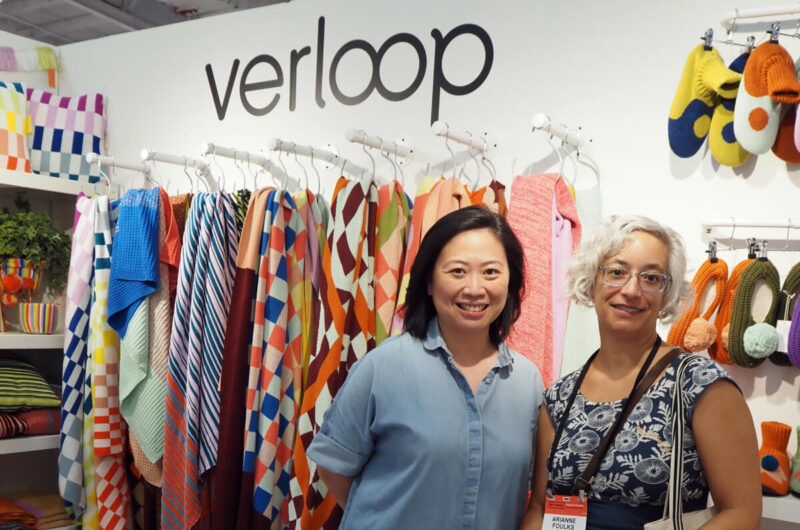

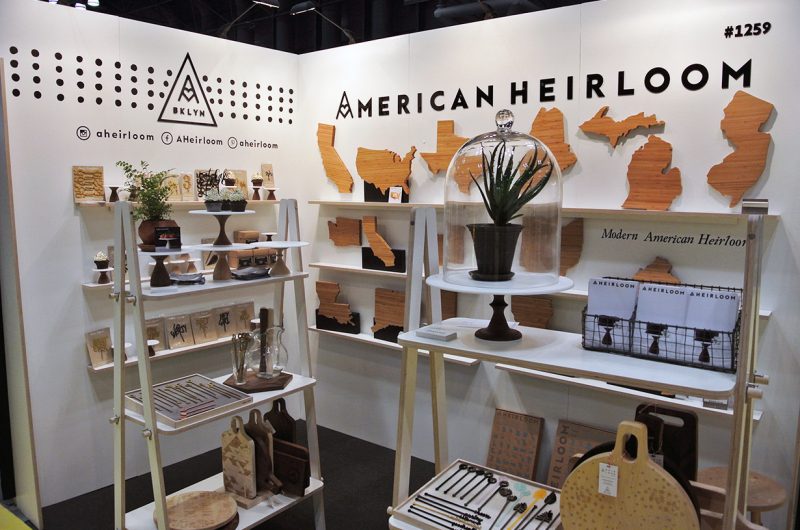


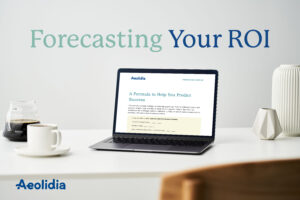


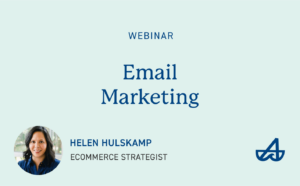
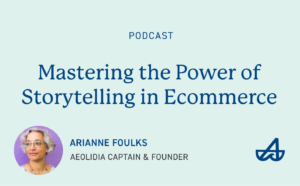
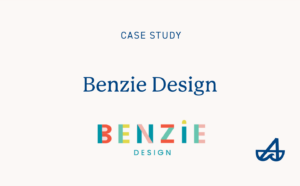
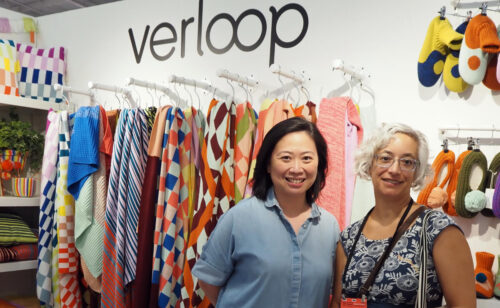
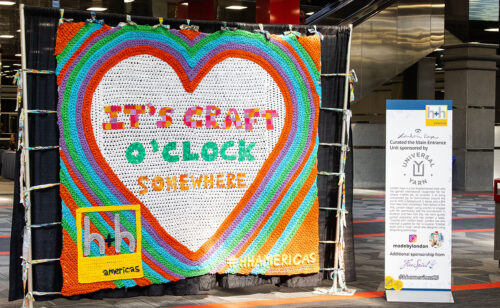
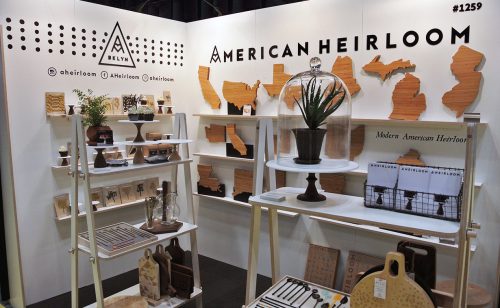

Thanks for this great article! I was under the impression that my line sheet should only be a 1-page PDF, but it sounds like that’s not the case? If I read this correctly, my “line sheet” can be multiple pages and include photos, my brand story, etc- along with the product info and ordering info? If so, how many pages maximum do you recommend? And, any chance someone has a sample line sheet to share? Thank you!
Hey Jenn! That’s a great question. Traditionally, line sheets were used at trade shows as a reminder of what a buyer had seen of your line in your booth. In that context, it was best to have a 1-page document buyers could grab and take with them as a quick reference. These days, however, if you are doing proactive outreach to stores via email, your “line sheet” is the only representation of your brand that store owners will see. That means that you need to make sure to get all the important stuff in that sole document (story, product shots, terms, etc.). So we recommend that if you’re reaching out via email to stores, you create something that is a bit of a hybrid between a traditional “trade show line sheet” and a full-on catalogue/lookbook. You can make it 5, 10, 15 pages — as long as it is cohesive, beautiful, and well-structured, the length isn’t an issue. – Emily, Wholesale In a Box
What is the best way for buyers to place an order? I usually have them just email me a list of the pieces and quantity that they want to buy because an order form would be extremely long.
Hi Katie! For placing orders, there are always a few options… and the options have changed and evolved quite a bit in the past few years! Some makers have a whole wholesale shopping site. Others give buyers a coupon code (to apply the wholesale “discount”) to use on their retail site. Still others have an order form. Honestly, for most makers, having them email you a list is often the best way (especially outside the context of trade shows), until you have several dozen stores you’re selling to consistently. So I’d say you’re good to go!
[…] Must-read post: 7 Mistakes to Avoid in Your Wholesale Line Sheet […]
With the closing of Etsy Wholesale, it leaves many of of scrambling. In my research, I keep coming across the advice to not make them log in to see your wholesale offerings. I would love to know why. Many of the wholesale apps and such recommend this on Shopify.
I am torn. I would love your opinion.
Hey! This is a great question and one that comes up a lot.
Different makers have different strategies around this. Many makers feel that having buyers log in creates too high a barrier for them to look at products and prices — it would be like if you had to make an account just to visit your average online store.
On the other hand, some makers feel that having their wholesale prices publicly available (even if hidden to the general public by an unlinked shop or page) is too uncomfortable.
I generally do recommend making it so wholesale buyers don’t have to log in to see prices (although it depends on the situation.) And just making your wholesale prices/page/shop un-stumble-upon-able by the general public.
[…] I do not have a wholesale line sheet, but if I were to make one, I’d take a very good look at this post from Aeolidia. […]
Hello! Great article, very helpful. Where would you recommend to do my line sheet? In design? and then convert it to a pdf? I have the idea of how to do it but do not know where to do this. I will be sending my line sheet through email.
Hey Ana, I recently got a tip from a maker that you can buy line sheet templates from Etsy sellers! Maybe give that a try.